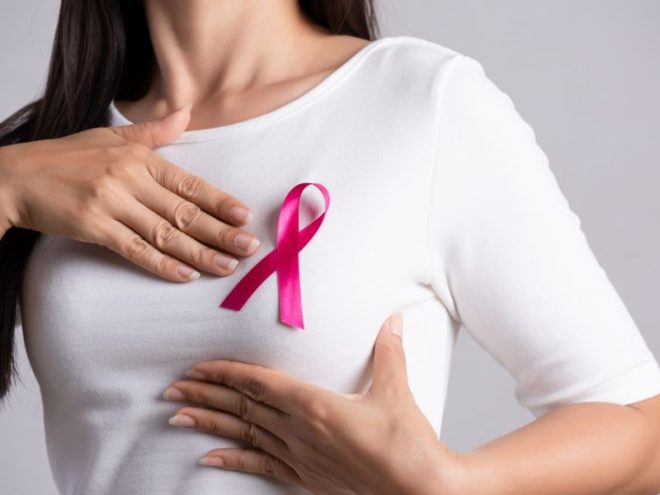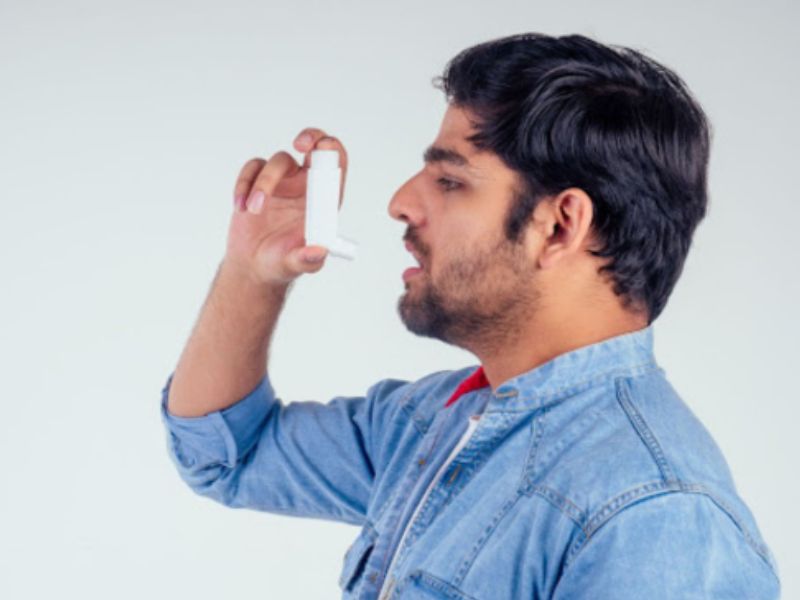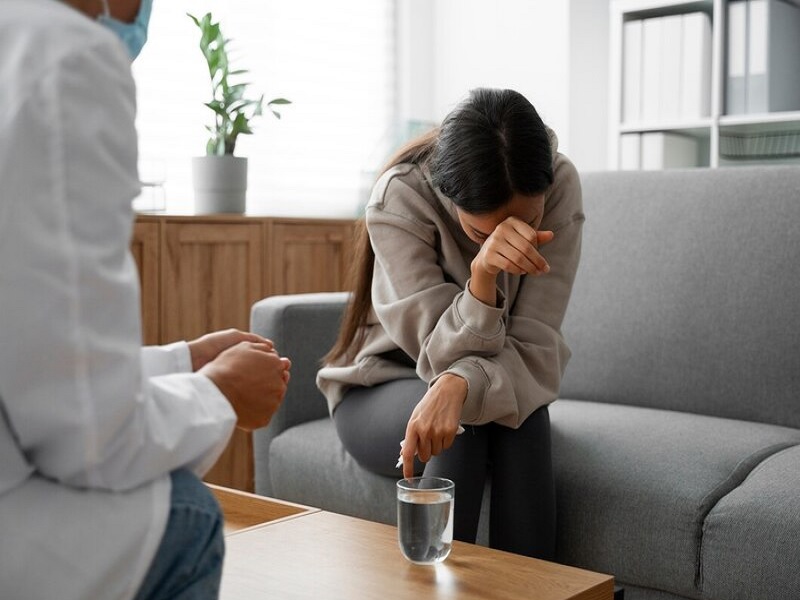Know About Breast Cancer: Symptoms, Types, And Treatments
Breast cancer treatment is an essential field for health services, as breast cancer is one of the most common forces globally. Preliminary identification and better treatment strategies have developed survival fees on large scales, which makes it essential to know about the early signs and symptoms of breast cancer, risk factors, and available measurement options for individuals.
What is breast cancer?
Breast cancer is a form of most cancers that develop in breast cells. This occurs while weird cells within the chest develop uncontrollably, forming a tumor. They can reveal different frame elements through cancer cells’ lymphatic systems or blood circulation if they are not treated.
Symptoms and types of breast cancer
Early symptoms of breast cancer
Recognizing early signs of breast cancer can lead to good analysis and high treatment results. Some not-unusual early signs consist of:
- A lump or thickening inside the breast or underarm
- Changes in breast length, form, or appearance
- Unexplained ache in the breast or nipple
- Redness, dimpling, or puckering of breast pores and skin
- Nipple discharge, which includes blood
- Inverted or retracted nipple
Types of breast cancer
Understanding a round style of breast cancer is essential for determining the treatment of breast cancer. The maximum commonplace kinds consist of:
- Dactal carcinoma (DCIS) in Situ
DCIS is a non-invasive breast cancer, which means that weird cells are restricted to taking advantage of ducts and do not unfold to the encircling tissue.

- Invasive ductal carcinoma (IDC)
IDC is the most common shape of breast cancer, wherein cancer cells spread from milk ducts to breast tissue close by.
- Invasive lobular carcinoma (ILC)
ILC begins within the milk-producing lobules and can unfold to other frame elements.
- Triple-negative breast cancer
This aggressive shape of breast cancer lacks estrogen, progesterone, and HER2 receptors, which is further challenging to remedy.
- HER2 Positive Breast Cancer
This type of breast cancer has excessive degrees of the HER2 protein, which promotes cancer mobile increase. Targeted cures can assist in managing HER2-superb breast cancer efficaciously.
Causes and risk factors
Although the exact cause of breast cancer is still unknown, many occasions can increase the chances of developing the disease. These consist of:
- Genetic factors—BRCA1 and BRCA2 generations in the gene—bump the risk of breast cancer.
- Hormonal changes—estrogen and progesterone ups and downs—can increase the number of common cells.
- Family History—A family record of breast cancer can increase the danger.
- Age—The chance of breast cancer will increase with age, mainly after 50.
- Lifestyle Choices—Poor food plans, lack of physical activity, excessive alcohol intake, and smoking can raise the risk.
- Radiation risk—previous radiotherapy, especially in the chest region, may also be at risk of breast cancer.
Option for breast cancer treatment
More than one breast cancer is to have a treatment option, and the treatment choice depends on the type of cancer, level, and elements with general fitness. Below are the principal remedy methods:
1. Surgery
Surgical intervention is one of the most unusual breast cancer treatment strategies. Types of surgical operations include:
- Lumpectomy—removal of the cancerous tumor while maintaining maximum breast tissue.
- Mastectomy—elimination of 1 or both breasts to save you from the spread of most cancers.
- Lymph Node Removal—Surgery to do away with affected lymph nodes and prevent similar spread.
2. Radiation Therapy
Radiation therapy makes use of high-energy rays to break most cancer cells. It is often used after surgical operations to eliminate final cancer cells and reduce the risk of relapse.
3. Chemotherapy
Cell poisoning forces the use of drugs to kill cancer cells. It can be administered before the surgical procedure (newborn chemotherapy) to shrink the tumor or to prevent relapse or after surgery (auxiliary therapy).
4. Hormone therapy
Hormone therapy is a targeted breast cancer treatment for hormone receptor-high-quality cancers. It uses blocking estrogen and progesterone to sluggish or forestall most cancer growth.
5. Targeted Therapy
Targeted therapy focuses on unique cancer cellular proteins that promote tumor growth. HER2-Nice Breast Cancer Patients regularly pull out of targeted tablets such as trastuzumab (Herceptin) and pertuzumab (Perjeta).
6. Immunotherapy
Immunotherapy complements the frame’s immune gadget to combat breast cancer. It is, in particular, useful for triple-negative breast cancer cases.
The importance of initial detection and screening
Early detection through regular screening improves the results of the treatment of breast cancer. Some advocated screening methods encompass:
- X-ray of the breast to search for mammogram tumor.
- Ultrasound and MRI scans are used for similar evaluations if deviations are detected.
- Breast-self-study mask Self-prevention helps to choose early signs of breast cancer.
Lifestyle and prevention strategies
Although breast cancer can’t usually be prevented, specific ways of life adjustments can lessen the danger:
- Maintain a healthy diet with plenty of fruit and vegetables.
- Engage in regular bodily activity.
- Limit alcohol intake and avoid smoking.
- Manage stress and exercise mindfulness.
- Regularly consult a healthcare issuer for screenings and test-ups.
This is just a guide to breast cancer. Start an online search to learn more about breast cancer.
Source:



